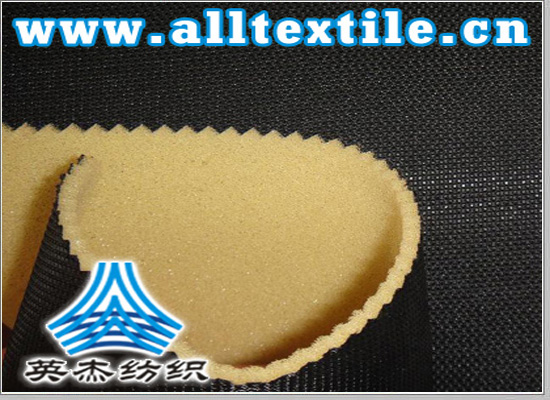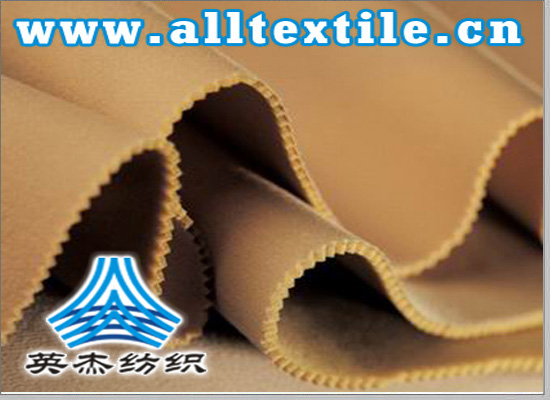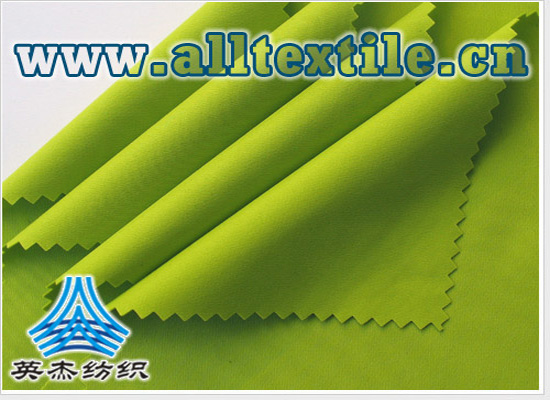Common quality problems and solutions in mechanical and electrical installation professionals
(1) Scope of construction mechanical and electrical installation projects
Mainly include: domestic water supply, drainage, fire protection, ventilation and air conditioning, smoke prevention and exhaust, heating, gas, strong electricity, weak electricity and other systems.
2. Common quality problems in electromechanical installation projects

(1) Equipment installation
Including: various types of fans, pumps, refrigeration machines, air conditioning units, water tanks, pressure tanks, etc.
1. Common problems:
——The inlet and outlet pipes lack brackets, and the weight directly presses on the equipment.
——The water pump and fan are not equipped with shock absorbers; the vertical water pump uses spring shock absorbers; the shock absorber base uses spring shock absorbers, but there is no limit device to prevent horizontal movement; (S is the abbreviation of Spring, which stands for spring shock absorber. There are two types of shock absorption: rubber shock absorption (R) and spring shock absorption (S));
——The water pump safety device is incomplete and there is leakage;
——The cold water pump and heat exchanger are not kept cold, condensation occurs, and some freeze;
——The drainage channel around the water pump is not installed, or the diameter of the hidden drainage outlet is too small and there is no filter;
——The equipment anchor bolts are exposed too long without protective measures, causing corrosion.
——The overflow pipe and breathing pipe of the domestic water tank are not equipped with insect-proof nets, and the overflow port is too close to the sewage pipe;
——The height and position of rows of equipment of the same model are inconsistent, and the wiring directions are inconsistent;
——The cylinder, water distributor, etc. are installed and fixed incorrectly, and the sliding end cannot move;

(2) Pipeline installation
Including: domestic water supply and drainage pipes, rainwater and sewage pipes, fire protection pipes, hospital pneumatic transmission pipes, oxygen pipes, air pipes, gas pipes, air conditioning water pipes, ventilation and air conditioning pipes, smoke prevention and exhaust pipes, etc.
1. Pipeline layout issues:
——The layout of rows of pipelines is not uniform, and the height and direction of valves and instruments are inconsistent and unsightly.
——Piping, structure, decoration, electrical and other professional layouts do not meet the specifications, and the upper, lower, left, and right positions and spacing are not properly handled.
——The pipes fight and cross (hot water), there are soft and hard collisions, and even the inability to maintain heat;
——The pipelines in the pipe well are not neatly arranged and arranged in a messy manner, making it inconvenient for personnel to enter and exit and operate;
——There is cross-contamination between pipelines and building walls;
——Water accumulates in the valve well, and there is no ladder to climb up and down; the height of the fire water pump adapter does not meet the requirements, and the distance from the building does not meet the requirements;
——Pipelines and valves are at inappropriate heights, half-lit and half-dark, and partially buried in the foundation or ground, making maintenance inconvenient.family:Microsoft Yahei, Song Dynasty, Arial, Helvetica, sans-serif;font-size:14px;”>

5. The problem of thermal insulation and cold insulation
——There are no isolation blocks in the refrigerant pipes, there is no thermal insulation in the wall, the joints are not dense, and condensation occurs;
——The instrument connection is not tightly sealed, the pipe clamp bracket is not thickened, and the exposed part has a lot of condensation;
——The cold water pump inlet pipe bracket has no anti-cold bridge measures, or the cold insulation does not extend to the bracket flange;
——The outer protective layer of the valve flange and other disassembly parts is not closed, and the outer protective shell is too long;
——The cold water pipeline valve is not separately insulated and is connected with the pipeline; or the valve box is connected with rivets, which is difficult to maintain;
——Some longitudinal overlap joints of the metal protective layer are located above the pipe, but not at 15-45 degrees below the center line of the pipe, and the longitudinal overlap is not smooth.
1) Preventive measures for common quality problems
1) Equip project technical personnel and quality inspection personnel with clear division of responsibilities;
2) Strengthen publicity on the hazards of common quality problems and help operators understand their contents;
3) Select a good work team and strengthen personnel quality and skills training;
4) Determine the focus of common quality control (with special emphasis) and establish reward and punishment measures;
5) Determine the construction method, deepen the design, clarify detailed methods, issue operation instructions, and organize technical briefings (BIM visualization function can be used);
6) Implement model guidance, establish physical or 3D models, and clarify quality standards;
7) Be familiar with specifications, atlases, and drawing requirements, strengthen process inspections, and make timely corrections;
8) Carry out raw material procurement and acceptance control (materials, specifications, quality);
9) Inspection, testing and acceptance planning, establishing a list, and pre-controling prone areas.







